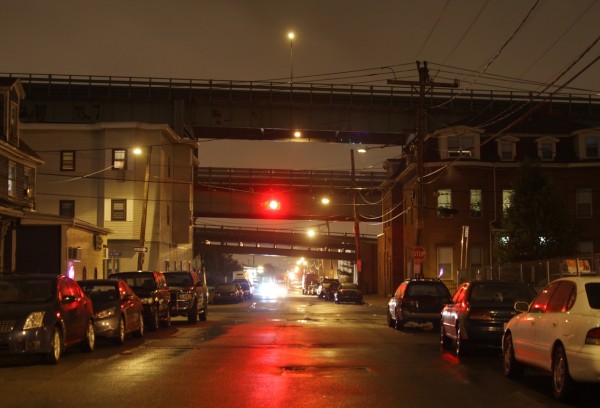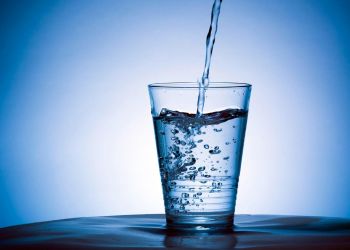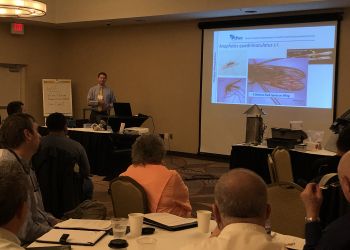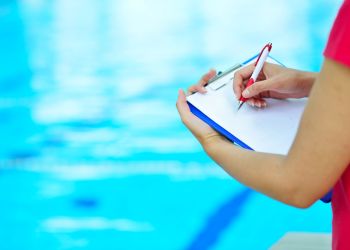The National Association of County and City Health Officials, with support from the Climate and Health Program at the Centers for Disease Control and Prevention (CDC), awarded GreenRoots in Massachusetts $25,000 to supplement ongoing climate change and health adaptation initiatives at the local level.
Chelsea, MA was the epicenter of the COVID-19 pandemic for months on end in 2020. With 6X the state’s infection rates, residents knew that structural racism and classism, environmental injustice, and health disparities led to Chelsea being slammed by the virus. Resident-led GreenRoots is working to address climate, health and environmental impacts exacerbated by the pandemic.
The Challenge
Chelsea and East Boston, Massachusetts are frontline environmental justice communities. Home to much of New England’s critical infrastructure, the climate and health of our low-income, ethnically- and racially-diverse residents have been assaulted by years of toxic pollution, disproportionate environmental burdens, and a severe lack of green space and tree canopy cover. Chelsea and East Boston are the third and fifth, respectively, most intensively overburdened communities in Massachusetts.
GreenRoots is a resident-led organization working to achieve environmental and climate justice in Chelsea and East Boston. We do so by dismantling years of environmental racism; implementing innovative campaigns; and empowering residents to be involved in decision-making. The goals of our initiative are to make our communities healthier and more livable; reduce climate impacts; and build community leadership to affect lasting change.
Addressing the Problem
To address serious climate justice and heat island impacts in Chelsea, GreenRoots:
- Addresses air quality concerns through a multi-stakeholder approach to understand and analyze newly available air quality data; translate and share data out easily, accessibly and multi-lingual; implement a robust program to provide highly vulnerable families with indoor air purifiers while developing policy campaigns leading to lasting indoor and outdoor air quality improvements.
- Collaborates with the City of Chelsea and the Boston University School of Public Health to advance and implement our “Cool Block” strategies in one of the most climate-impacted and hottest neighborhoods in Chelsea. This approach includes replacing a traditional, black tar roof with a new, white, reflective roof on the Boys and Girls Club; transforming a vacant lot into a lush new green space that will absorb higher amounts of carbon while reducing impervious surfaces; and planting dozens of new street trees.
- Advances conceptual designs for a new, community-envisioned park along the Mill Creek, adjacent to three major public housing developments. This park will create much needed access to the Chelsea waterfront, while stabilizing the coastal bank from climate-induced erosion and restoring the natural estuarine habitat.
Campaigns have been won and lost. Power plants have been prevented; salt piles have expanded. In the end, it’s relationships that can and should last. That is how community is built.
Results
We have engaged and empowered residents to talk about and address complicated climate and health concerns. We’ve done so on a number of different levels: talking about indoor air quality concerns (focusing on individual concerns and solutions); addressing citywide concerns (via air quality mapping, surveying and our fun and interactive air quality comic strips) and by focusing on the structural issues at play (e.g. toxic waste dumping in Chelsea). In each case, we ensure lived experience is valued and uplifted; residents’ concerns are centered; and that together we are working to dismantle systems that oppress.
Similarly, we have implemented this same approach for heat island impacts and park design and implementation along the Mill Creek. Our experience has taught us that we need to have different levels of engagement for each strategy and that often the approach closest to the resident’s heart is the one that will first draw them into community organizing to then take on the more complicated, systemic issues.
Furthermore, addressing environmental injustice and climate change is no easy feat. Showing residents how we can make an impact on a small scale helps to see how we can affect lasting change in a regional and national level.
Lessons Learned
These are two of our rules to live by:
- Partner with Experts, but Community Calls the Shots: The solutions must come from the ground up and the real experts are those most impacted by environmental justice and the climate crisis. We also know we’re much more powerful when partnering with lawyers, energy experts, licensed site professionals, architects, engineers or researchers. While this expertise is welcomed and necessary, the decision-making process must be entirely led and directed by community. We win when our stories are not extracted but rather they are shaping climate/environmental policy.
- While the Work is Important, Relationships Are the Heart of the Movement: Campaigns have been won and lost. Power plants have been prevented; salt piles have expanded. In the end, it’s relationships that can and should last. That is how community is built. Whether it is recognizing a birthday; bringing food for a family grieving; getting groceries for those quarantining; giving someone a hug or an acknowledgement; shoveling out elders during a blizzard; helping with childcare; community is what connects us and allows us to remain resilient.
Contact Information
Roseann Bongiovanni
GreenRoots, Chelsea MA
[email protected]
Please visit their website at www.greenrootschelsea.org and Facebook page at @greenrootschelsea to stay in touch with the progress.







